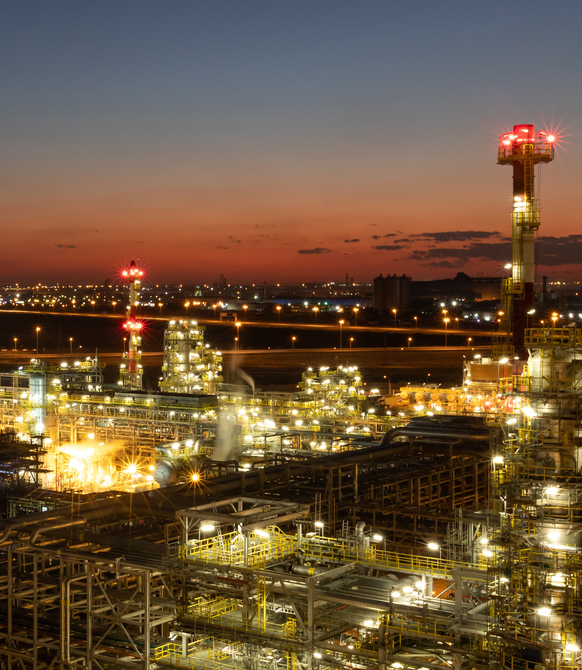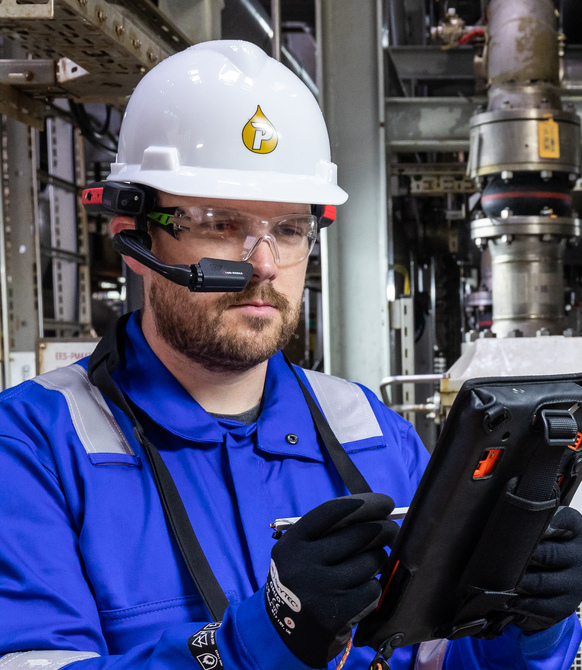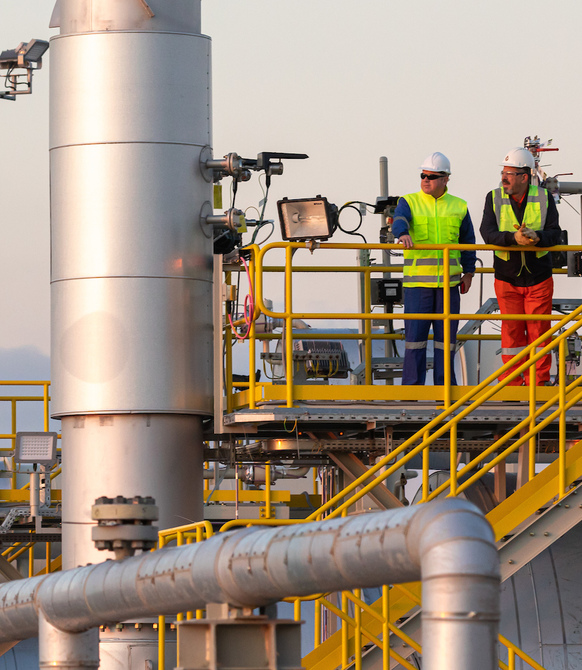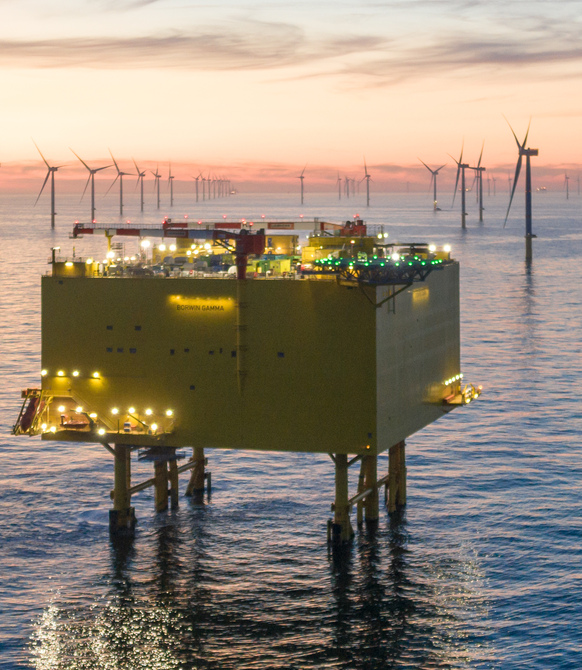How do you decarbonise hydrocarbons?
Here’s the perspective of an energy services provider.
Here’s an interesting challenge for you…
Think of any energy company, small or large, national or international, publicly or privately owned. Take a look at its website. Then see where the subject of sustainability ranks on its homepage.
The results are incontrovertible. Universally, the subject of sustainability is highlighted. Many lead with a net zero pledge and generally address its energy transition plan. Of course, that’s not to say that any of these companies anticipates the sudden demise of hydrocarbons. No one in the industry is looking at a sudden or linear transition. But everyone is considering routes to reducing carbon intensity. And they are all giving the topic a high public profile.
This raises an interesting question. What are the implications for an energy services company like Petrofac? What do our clients expect from us – in terms of the services we provide, the ways we operate, and the commitments we make?
Of course, at Petrofac, we do have a clear purpose – to help our clients with their evolving energy needs, and a burgeoning business unit, Energy Transition Projects, focused on advancing developments across the wind, hydrogen, CCUS and waste-to-value sectors. But, in this article, I want to focus on our work in hydrocarbons – because our work in helping clients to avoid and abate emissions from today’s energy sources is just as vital as our work in helping to develop tomorrow’s energy solutions.
Decarbonising hydrocarbons: a contradiction in terms? Or a realistic aspiration?
To be clear, we understand that our immediate challenge isn’t simply about transitioning to alternative energy sources. It is also about reducing the carbon intensity of existing energy sources, which we are acutely aware will be needed in the medium term to maintain energy security.
The International Energy Agency estimates that oil and gas production, transport and processing account for 15% of the world’s energy-related emissions. And, for some facilities, these operational emissions can reach 40% of the full lifecycle emissions. The World Economic Forum reports that, by investing in commercially viable, here-and-now carbon emissions avoidance and abatement solutions, the oil and gas sector can reduce carbon emissions from 5 gigatonnes to less than 1 gigatonne per year by 2050 – the equivalent of the European Union's combined annual emissions, or 80% of the US, or India and Russia combined.
At Petrofac, we are committed to playing our part. We have pledged that, by 2030, we will be a net zero company in our direct emissions (scope 1 and scope 2). But, in the grand scheme of things, by far the biggest contribution we can make is to help our clients reduce the carbon intensity of their respective operations – those existing and those planned for the future..
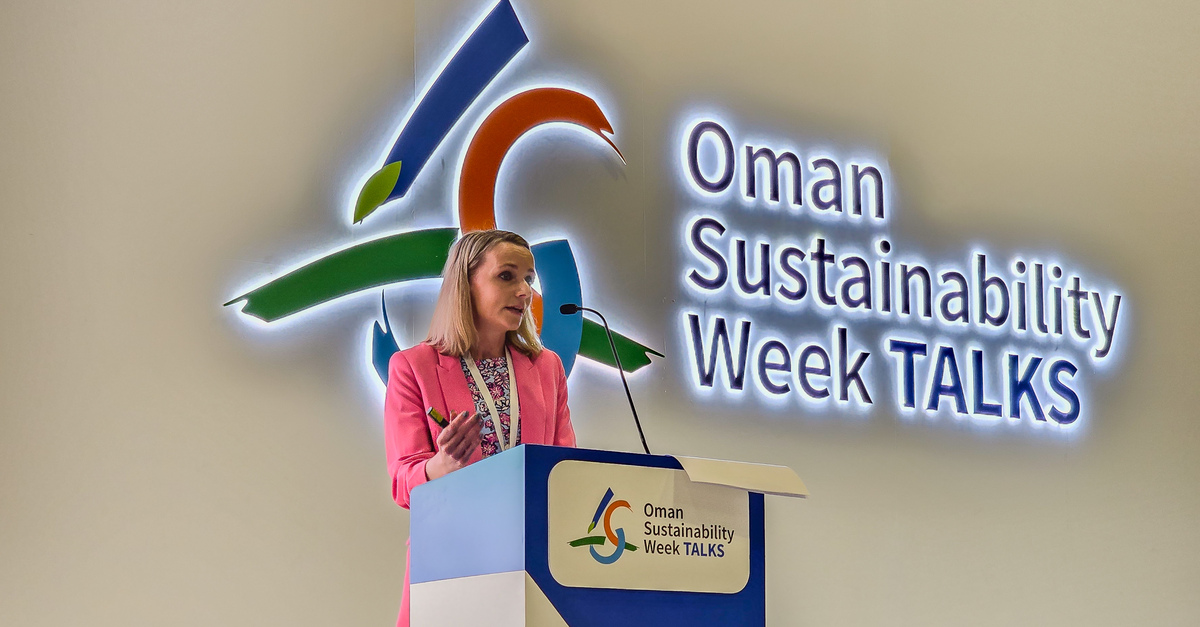
Margaret led the discussion about decarbonising hydrocarbons at Oman Sustainability Week.
Let’s consider the levers we can and are using
Lever #1 – low-carbon engineering
In the pre-design phase, the design phase, and the operational phase of any hydrocarbon facility, we can apply a range of low-carbon engineering strategies – such as energy efficiency solutions, emissions avoidance solutions (including carbon capture and storage), flaring avoidance solutions, and digitally enabled workflows.
In the pre-design phase, this is usually about developing engineering and equipment specifications and identifying vendors who can deliver low-carbon solutions. As we move into the design phase, it’s about collating and applying the low-carbon design and engineering inputs. Or, for existing facilities it’s about making brownfield modifications that will reduce the ongoing carbon-intensity.
We may look to: capture natural gas across a facility using prefabricated, skid-mounted systems comprising vapour recovery units, electric heaters, and gas pipes; monetise flaring using packaged solutions enabled by modular, cylinder-filling systems; re-route vented and flared gas emissions to a facility’s main incinerator; and use electrical power, either generated by renewables onsite or drawn from the grid, in place of diesel-powered generators.
For example, for an oil and gas facility in the GCC, we helped our client to switch to PV solar power, avoiding 100,000 tCO2 emissions a year, while also saving US$3m in fuel costs. Similarly, in North Africa, we delivered a flare monetisation study, which could avoid 100,000 tCO2 emissions annually and represents an annual cost saving of US$4.4m.
Lever #2 – low-carbon supply chains
We are on a journey of engagement and collaboration with key suppliers to understand and encourage their respective carbon assessment and reduction programmes. We put an emphasis on the most carbon-intensive goods and services – typically bulk materials like steel, cement, aluminium, and copper. Where reliable data is not available, we use a range of industry-standard methodologies to calculate emissions across scope 1, 2 and 3.
For some projects, we have engaged actively with suppliers, advising them on how best to decarbonise, and helping them get environmental product declaration – or EPD – documentation for their products. As the industry increases its focus on scope 3 emissions, scrutiny of the supply chain is likely to increase, and we extend our support further back in the supply chain.
Lever #3 – low-carbon construction
There are many ways to minimise the carbon intensity of a major construction project. We therefore work closely with clients to understand their decarbonisation needs and ambitions – and develop solutions based on several approaches.
A good example is standardisation and modularisation, which can reduce construction costs, interfaces, and tolerance issues, minimise the emissions arising from shipment and installation, and enable more scope for recycling. Also, by working closely with fabricators, we can agree on ways to minimise the waste of raw materials and, by engaging early with shipping and installation contractors we can optimise routes, vehicles, and timings with a view to reducing the related emissions.
Another option is to introduce more onsite operating efficiencies. For example, we can use renewable and hybrid power, re-size equipment, and optimise project phasing. With tens of thousands of people working on a major EPC project, travel can also be optimised, perhaps by opting for onsite accommodation camps, using electronic vehicles (EVs) for shuttles, or even buying fleets of bicycles for onsite transport.
Lever #4 – digital decarbonisation solutions
Drawing on our success with our digitally enabled operations and maintenance solutions (including our Petrolytics tool), we have developed a new Emissions Forecasting tool to forecast emissions and enable decarbonisation across the asset lifecycle.
When we are working on the design of new assets, we can use the tool to predict and optimise its complete lifecycle emissions, using the insights to assess the emissions impact of different design options, support supplier evaluation, and provide visibility on emissions impact of all decisions.
When it comes to existing assets, it can be used to measure and manage the operating emissions. This, in turn, can bring emissions into day-to-day thinking and decision making, simplify emissions reporting and verification, and provide insights into how and when to optimise performance.
With ageing assets, the tool can help to evaluate the various decommissioning options – while also providing regular updates on the emissions performance of late life operations, and simplifying emissions reporting and verification.

The Kuwait Clean Fuels Project represents a project ‘first’ for our client, who sought our support to achieve new environmental standards in refining.
Applying a net zero mindset to everything we do
To support our own decarbonisation ambitions – and help clients to achieve theirs – we work hard to promote environmental awareness among staff and embed a low-carbon culture across our projects and operations.
For example, we ensure that our leaders and managers take personal ownership of decarbonisation and incorporate sustainability-related KPIs into project and leadership metrics. Employees are encouraged to participate in taskforces to seek and implement energy saving ideas and encourage low-carbon behaviours. Also, our low-carbon ambitions and behaviours are routinely factored into site meetings, townhall meetings, sub-contractor briefings, and other internal forums.
We have also had success in greening Petrofac’s offices. In Sharjah, our busiest global operations hub, we replaced the chillers in the air-conditioning systems, which saved more than 30% in both energy costs and CO2 emissions. Meanwhile, in India, our Chennai office has achieved LEED certification – a global scheme that covers energy efficiency, EV charging facilities, waste management and water conservation – and our Mumbai office has switched to 100% green energy, and similar initiatives are underway across the global estate.
Having a clear net zero commitment adds to our authority and incentivises us to develop innovative approaches within our own business – and the 2023 award of a Gold Impact Seal award for delivering on our sustainability strategy in the UAE is indicative of our success.
Balancing economic constraints with environmental benefits
Ultimately, it is our clients who decide how fast and how far they can viably progress with decarbonisation. The strategies described above often have a price premium, and clients need to balance economic constraints, production requirements and environmental benefits. We therefore engage with them to discuss their respective net zero ambitions, and help them to quantify the direct and indirect benefits of decarbonisation initiatives – including the ability to reduce exposures to carbon pricing, the in-built monetisation opportunities that some initiatives enable, and the potential for operational efficiencies, as well as the ability to demonstrate progress on climate-friendly commitments.
In all our EPC projects, for example, we routinely provide a baseline case, which quantifies the emissions related to the stated design and technical specifications, and covers both the delivery of the project and its lifecycle emissions. In addition to this, we offer a range of decarbonisation options and, for each of them, we quantify the emissions savings, the impact on cost and schedule, and the financial opportunities – from a monetisation and/or a carbon pricing perspective.
Towards carbon-neutral hydrocarbon facilities
Using here-and-now techniques and technologies, it is becoming feasible to devise, design and build carbon-neutral facilities – where all operational emissions are avoided and/or abated and/or offset, and which also have a net-positive impact on the surrounding environment and follow strict circular economy principles.
Are we there yet? No, of course not. But, for everyone in the industry, this is the direction of travel. And, at Petrofac, we are committed to helping our clients to minimise the environmental impact of today’s energy needs, while also developing tomorrow’s energy solutions.
[1] International Energy Agency, Emissions from Oil and Gas Operations in Net Zero Transitions, 2023: https://www.iea.org/reports/emissions-from-oil-and-gas-operations-in-net-zero-transitions
[2] World Economic Forum, How the oil and gas industry can take a lifecycle approach to reducing emissions, 2021: https://www.weforum.org/agenda/2021/08/oil-gas-industry-lifecycle-approach-reducing-emissions/


